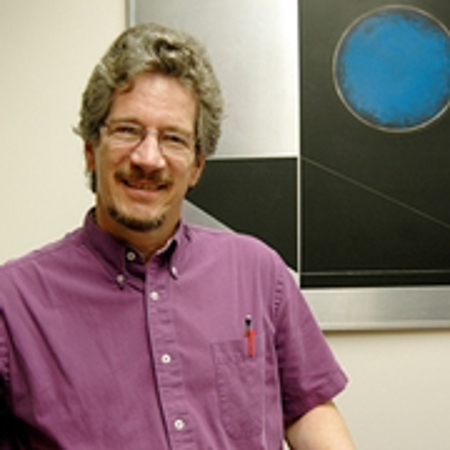William G Lynch
Professor, Department of Physics & Astronomy
Location: 1010 640 S Shaw Ln Room 1010
Phone: 517-908-7319
Email: lynchw@msu.edu
Website: https://people.nscl.msu.edu/~lynch/
Bio
Our research is focused upon understanding nuclear collisions and how the information derived from such collisions can improve the understanding of nuclei, nuclear matter and neutron stars. Surprising as it may seem at first, constraints on the pressures that support a neutron star can be obtained by probing the pressures that are achieved in nuclear collisions or by examining the nuclear forces that bind very neutron-rich nuclei. Such nuclear properties can be related to neutron star properties through their common dependence on the equation of state of nuclear matter, which plays the same role for nuclear systems as the ideal gas law plays for gases. Finding appropriate constraints on the nuclear equation of state requires the development of new experimental devices, new experimental measurements and theoretical developments. One of the largest uncertainties in the nuclear equation of state concerns the symmetry energy, which describes how the energy of nuclei and nuclear matter changes as one replaces protons in a system with neutrons, making the system more and more neutron rich. In some regions in the interiors of neutron stars, matter can be of the order of 95% neutrons. Whether this matter collapses under the gravitational attraction of the neutron star depends on the repulsive pressure from the symmetry energy. Experimental measurements presently do not satisfactorily constrain the pressure from the symmetry energy. Some of our recent experiments have provided constraints on the symmetry pressure; one of our goals is to make such constraints more stringent. Recently, our group combined five detector systems to probe the density dependence of the symmetry energy. This experiment compared the outward flow of neutrons to that of protons to probe the pressures attained by compressing neutron-rich nuclear systems in the laboratory. The picture to the right shows the experimental setup and the group of students and post-docs that built it. We have recently begun the developing two time projection chambers that will enable us to probe the symmetry energy at densities twice the saturation value typical of the centers of nuclei. Students play leading roles in developing such devices. Students also play important roles in the interpretation and theoretical modeling of the data that they measure, providing them with opportunities to also probe theoretical aspects of the phenomena that they are investigating.
Selected Publications
- Comparision of Statistical Treatments for the Equations of state for Core-collapse Supernovae, S.R. Souza et al., AP. J., 707 1495 (2009)
- Constraints on the Density Dependence of the Symmetry Energy, M.B. Tsang et al., Phys. Rev. Lett. 102, 122701 (2009)
- Determination of the Equation of State of Dense Matter, P. Danielewicz, R. Lacey, W.G. Lynch, Science 298, 1592 (2002)
- Imaging Sources with Fast and Slow Emission Components, G. Verde, et al., , Phys. Rev. C 65, 054609 (2002)
- Probing the symmetry energy with heavy ions, W.G. Lynch et al., Prog. Part. Nucl. Phys. 62, 427 (2009)
